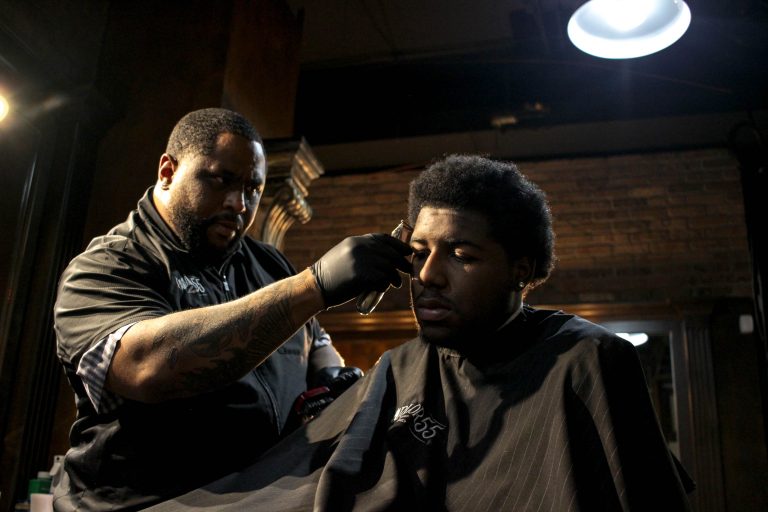Hairdressers as Artistic Curators Molding Community Identity and Connection in New York City
Hairdressers as Artistic Curators Molding Community Identity and Connection in New York City
Blog Article
Hair salons in NYC are not only places to get a trim; they function as crucial community hubs that help shape community identity and foster connections among residents. These establishments have a rich heritage in urban settings, acting as gathering spots where people from varied backgrounds come togetherness. In many areas, barbershops are often the first place where individuals can participate in discussions about community issues, share stories, and forge relationships. This unique role makes barbers not only talented professionals but also cultural curators who contribute to the social fabric of their communities.
The environment in a barbershop is often vibrant and inviting, creating a space where people feel comfortable expressing themselves. Barbers are known for their ability to connect with clients, often participating in talks that span from athletics to politics. This engagement helps to create a sense of belonging among patrons, as they share their experiences and viewpoints. In many instances, barbershops mirror the cultural diversity of the neighborhoods they serve, displaying different hairstyles, grooming techniques, and even sounds that connect with the local community. This cultural exchange enhances the interaction for all involved and strengthens community ties.
Barbershops also play a significant role in maintaining cultural heritage. Many barbers have been educated in particular techniques that are transmitted through ages, guaranteeing that unique looks and methods are not forgotten over time. For instance, certain haircuts and grooming practices may be linked to cultural background, allowing clients to show their identity through their look. By upholding these customs, barbershops help to preserve cultural stories alive, providing a feeling of pride and connection for community members.
In addition to their cultural importance, barbershops often engage in community outreach and support local initiatives. Many barbers take an active role in addressing social issues, such as learning and health education, by organizing events or offering resources to their patrons. This engagement shows a commitment to the well-being of the neighborhood and fosters a sense of responsibility among barbers. By using their platforms to promote positive click here to read change, barbershops become essential players in the local area, further reinforcing their role as community curators.
In conclusion, barbershops in NYC serve as essential spaces for cultural interaction, community development, and identity formation. They provide a unique environment where individuals can connect, share, and honor their varied backgrounds. As cultural curators, barbers not only shape the way people present themselves but also affect the broader community dynamics. By recognizing the value of these businesses, we can appreciate the essential role they have in building connections and preserving cultural heritage in urban settings.